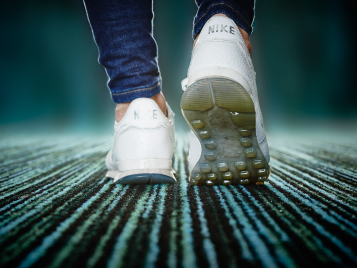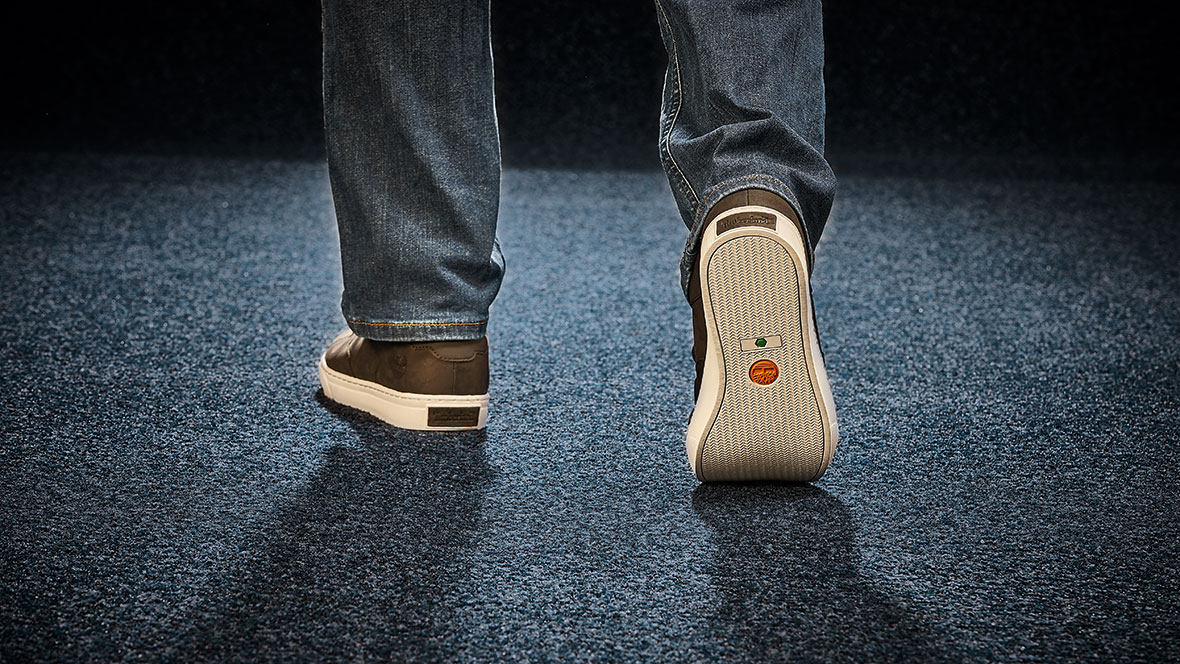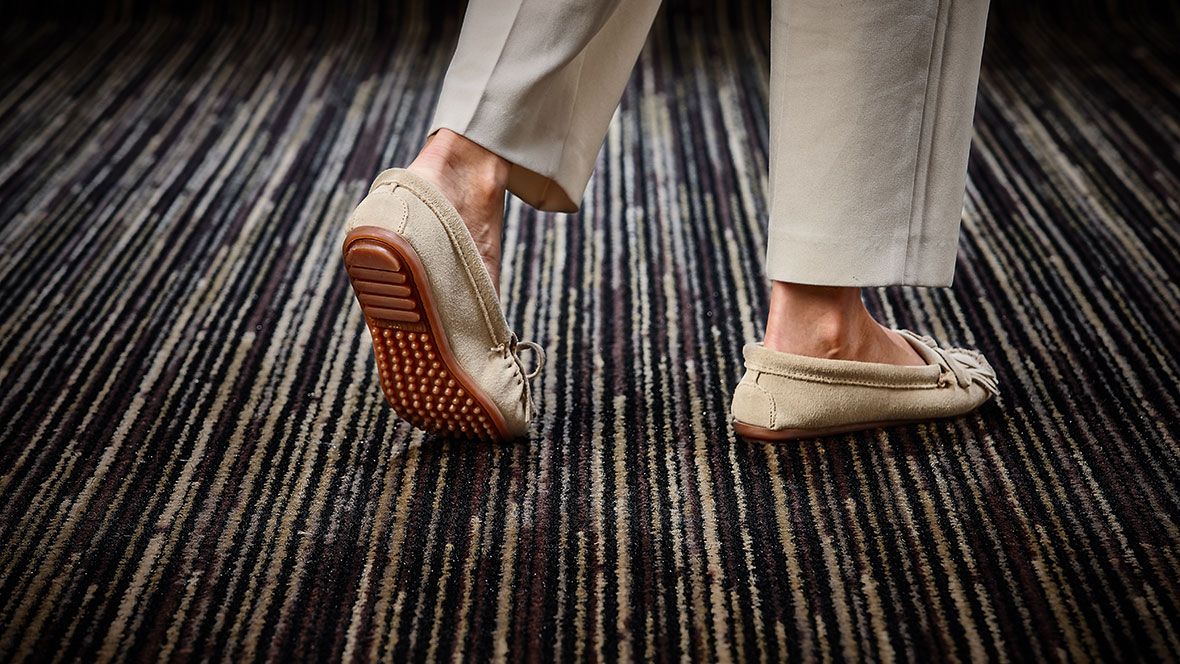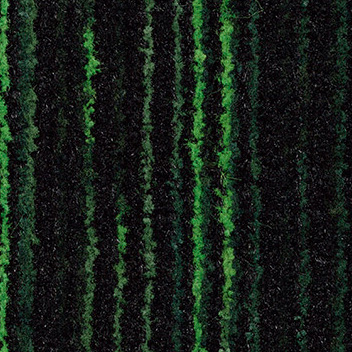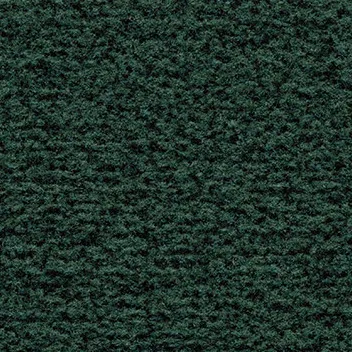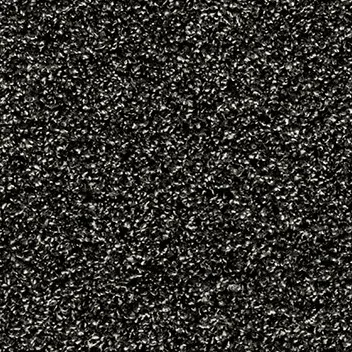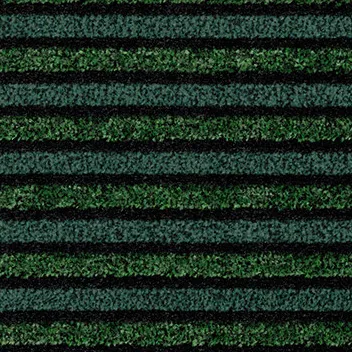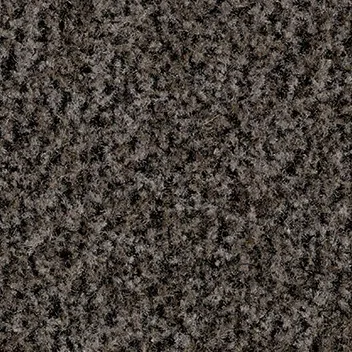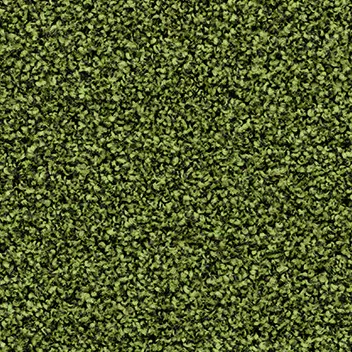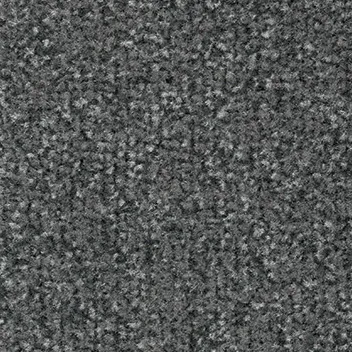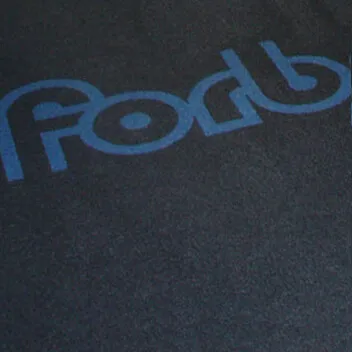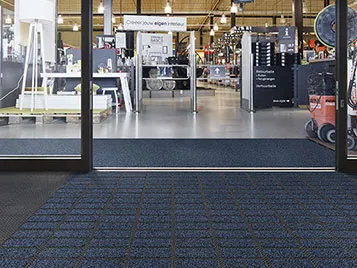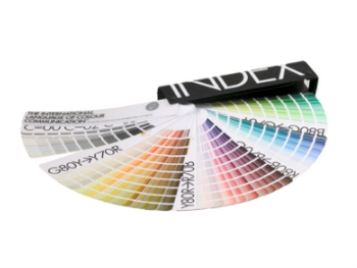Stop dirt in its tracks
We have been the world leader in textile entrance flooring for over 50 years, so there is nothing we don’t know about keeping dirt and moisture out of your house. First impressions count. When people enter your house they should like what they see. But you also have the practical pressure of keeping your floors clean and your visitors safe. Our Coral entrance flooring systems do all this, and more.
Our Coral collection consists of many different collections, each with its own focus area, like dirt-removal or moisture absorption. In addition to functionality, you can also choose different installation options: sheet, tiles and mats.
Whatever collection you choose, you know you have the best quality with the best functionality.
A well-designed and innovative entrance flooring system will:
• make the entrance look good and inviting
• prolong the life of the interior floor finish
• reduce the risk of slip injuries
• reduce the cost of on-going maintenance
• contribute to an environmentally friendly building by reducing the use of detergents for the maintenance of the other floors
